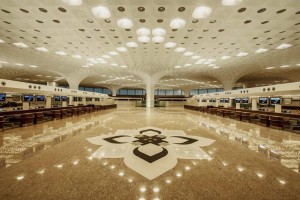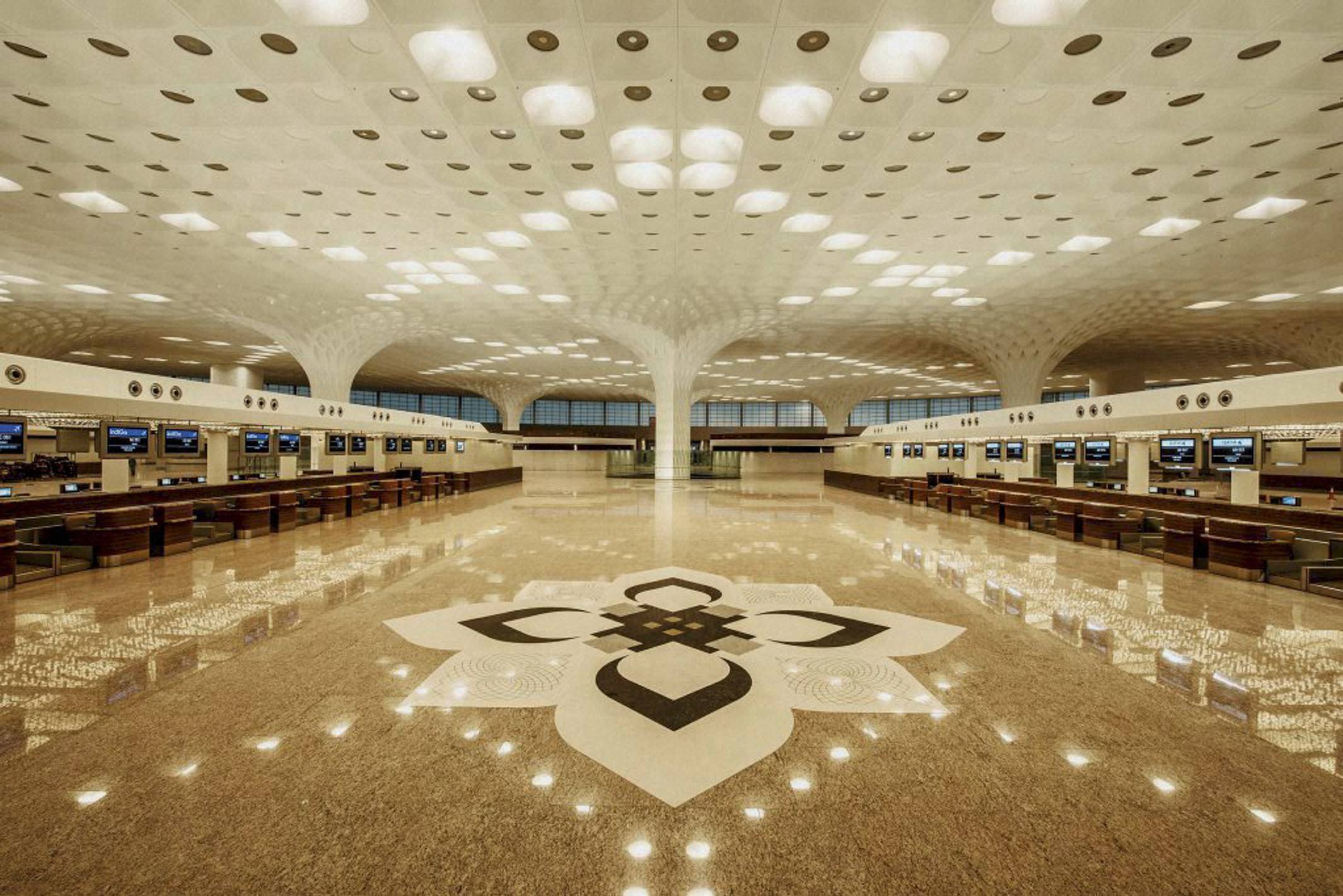In spite of various bottlenecks, public-private partnership in infrastructure holds great potential in a country like India. A long-term sustainable infrastructure plan needs to be developed that will create an environment for increased private sector investments for faster execution of the projects. A special report by the Federation of Indian Chambers of Commerce and Industry.
Development of infrastructure is a precondition for the economic growth of a country. Increasing demand for quality infrastructure can only be  met with robust investment, proficient project management and technological advancement. To meet these requirements, governments are utilising the capabilities of the private sector in a big way. Public-private partnerships have become the preferred mode for the construction and operation of infrastructure projects, both in developed and in developing countries. As most governments in emerging economies are facing fiscal and capacity constraints, PPP provides a way for them to bridge the gap in infrastructure investment, the Federation of Indian Chambers of Commerce and Industry says in a special report made available to Projectmonitor.
met with robust investment, proficient project management and technological advancement. To meet these requirements, governments are utilising the capabilities of the private sector in a big way. Public-private partnerships have become the preferred mode for the construction and operation of infrastructure projects, both in developed and in developing countries. As most governments in emerging economies are facing fiscal and capacity constraints, PPP provides a way for them to bridge the gap in infrastructure investment, the Federation of Indian Chambers of Commerce and Industry says in a special report made available to Projectmonitor.
PPP not only brings in additional capital but also enables both public and private sectors to bring to the table their own experiences and strengths, resulting in efficient development of infrastructure and service delivery.
The PPP mode, however, comes with its own set of challenges since attracting private investment is not easy. The private sector not only requires an investor-friendly regulatory environment, but also returns on investment. The Government of India, therefore, has been focusing on the development of enabling tools and activities to encourage private sector investments in the country through the PPP format.
Current status
India has had 881 PPP projects worth more than `5.4 trillion in awarded/underway status (i.e. in operational, construction or in stages where at least construction/implementation is imminent) as per data available till August 2012.
* Roads dominate the PPP scenario in India, accounting for 52 per cent of all PPP projects.
* There is a need for mainstream PPPs in several areas, such as power transmission and distribution, water supply and sewerage, and railways. These are sectors where there are significant resource shortfalls, and a need for efficient delivery of services.
* There is also a need to focus on social sectors, especially health and education, which currently accounts for only 3.7 per cent of PPP projects in India.
Private sector push
Private sector will push infrastructure growth in the 12th Five-Year Plan 2012-2017. The GoI realises the importance of accelerating infrastructure development through increased private sector participation in order to boost the country’s slowing economy.
* The Planning Commission has projected that investment in infrastructure will almost double to reach `55.7 trillion during the 12th Plan, as compared to `24.2 trillion in the 11th Plan (2007-2012).
* Out of this total investment, 48 per cent is expected to come from the private sector, which accounted for 36 per cent of investments in the 11th Plan.
Role of multilateral agencies
The contributions of multilateral agencies, such as World Bank, Asian Development Bank and Department for International Development, in infrastructure development play a key role in improving the investment climate and fostering private sector participation.
There has been a shift in the funding pattern of multilateral agencies from public sector infrastructure projects to projects having private sector participation. These agencies give priority to environment-friendly infrastructure projects.
Multilateral agencies provide financial and advisory support to infrastructure projects. They act as a stable source of long-term funds and knowledge base with strong PPP experience. They extend technical assistance (TA) to the governments to help them bring PPPs to the mainstream at the centre and state level through capacity building e.g. establishing PPP cells in various states. Over the years, they have come up with new ways of providing financial assistance for infrastructure development, such as through multi-tranche financing facility and local currency loans
ADB provides funding through loans (senior debt, subordinated debt, mezzanine financing), equity investments (common shares, preferred stock or convertible) and guarantees (covering political and credit risk).
The World Bank supports infrastructure development through lending, dialogue, analytical work, engagement with the private sector and capacity building. The Bank had also provided financial assistance to India Infrastructure Finance Company Ltd. The World Bank plans to invest `1.1 billion to improve the Mumbai suburban railway stations through construction of escalators, elevators and footbridges. IFC, the private sector financing arm of World Bank, has set up an India Infrastructure Fund that invests in a diversified portfolio of project equity investments.
These agencies provide funding based on their mandate to promote inclusive growth and development through poverty alleviation. High stipulated level of social and environmental standards followed by these agencies sometimes act as a deterrent for the private sector to avail funding. Some of the ground rules followed by multilateral agencies to enter a PPP contract are as follows:
* The project should avoid crowding out private investors through concessional loans or by providing loans in commercially attractive sectors
* It should have the highest standards of safeguard compliance and corporate governance
* It should support projects that enhance clean technology and low carbon growth
Given the magnitude of India’s infrastructure needs, multilateral institutions are expected to play an increasing role in bridging the infrastructure deficit and sustaining growth in the country.
Conclusion
The 12th Five-Year Plan intends to achieve a huge infrastructure investment target through PPPs. Currently, PPP in infrastructure is at the crossroads with initial euphoria around the PPP models slowing down. Delay in clearances, poorly defined contracts and red tape are pushing away the private sector from taking up new projects.
The government needs to work on each stage of PPP development — planning, designing, contracting, financing and monitoring. New models for PPP are required to be created to cater to the current challenging business climate. Unless project agencies are suitably empowered for effective and time-bound decision making, PPP agenda of the country is going to take time to evolve and develop. There needs to be a clear demarcation of the risks to be borne by public and private parties.
Despite various bottlenecks, PPP in infrastructure holds great potential in a country like India. A long-term sustainable infrastructure plan needs to be developed that will create an environment for increased private sector investments for faster execution of the projects. Collective efforts by both the private and the public sector and enabling policy provisions may help in achieving the infrastructure PPP agenda of the government.
Source: Federation of Indian Chambers of Commerce and Industry











